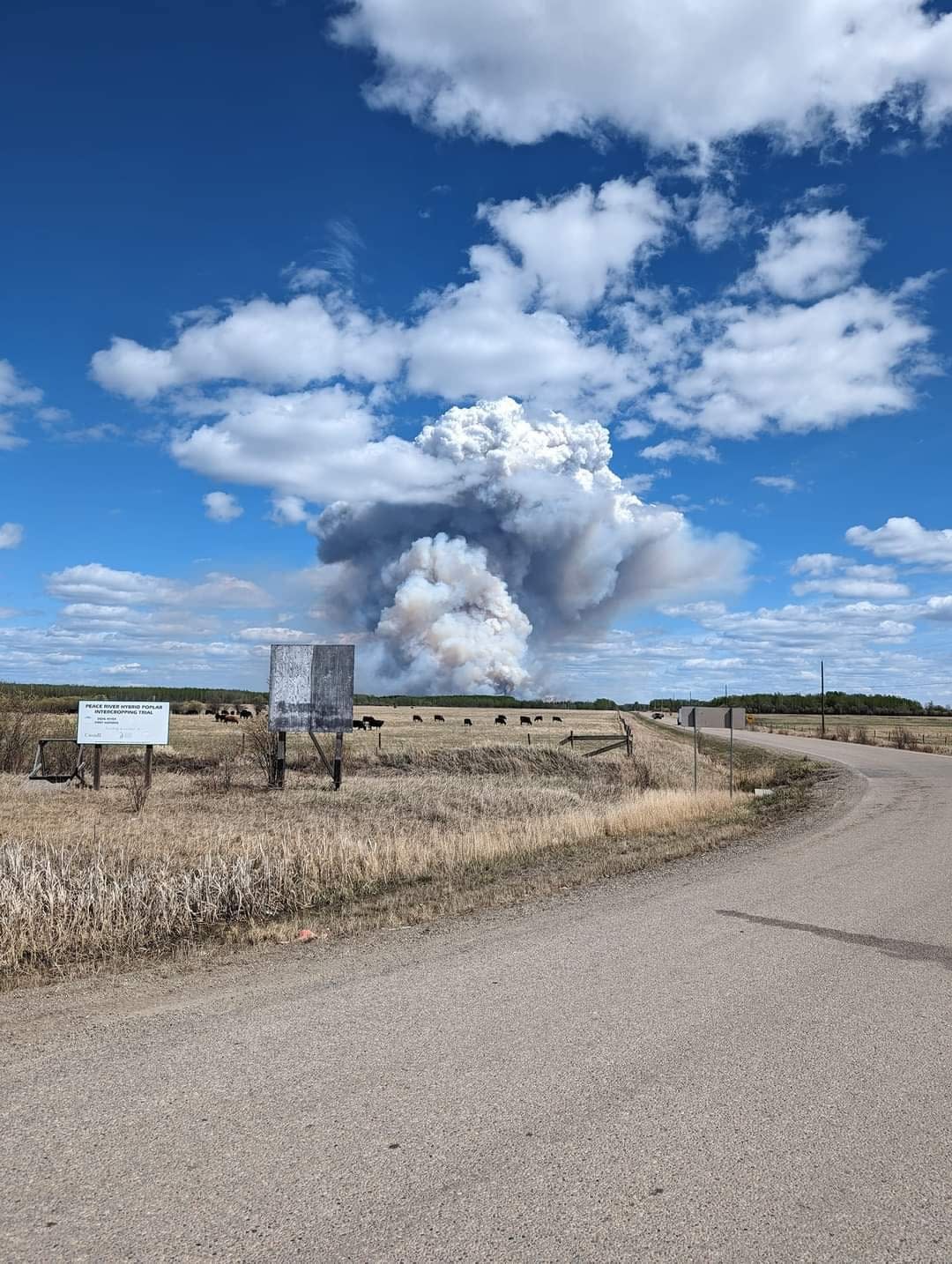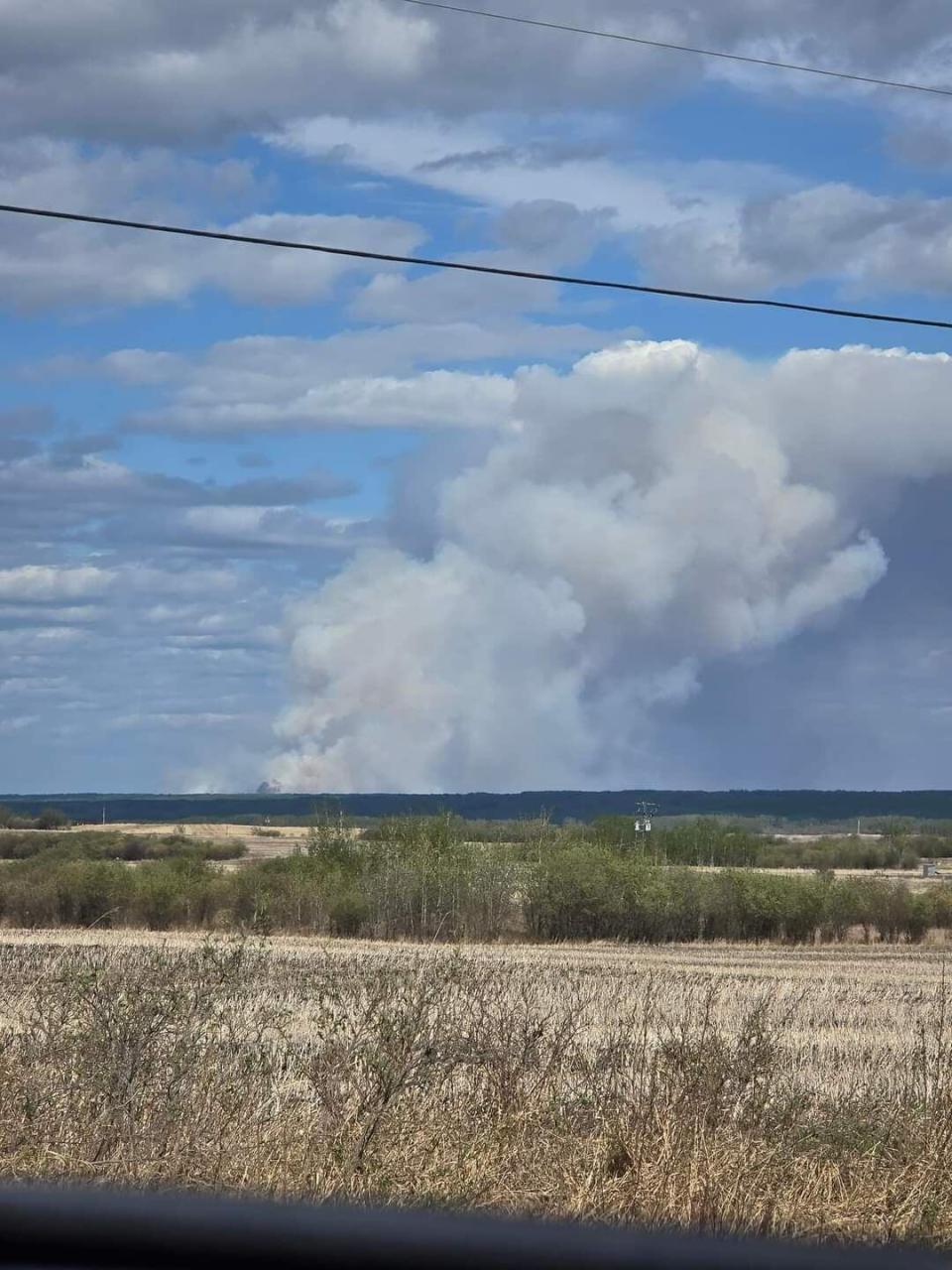Doig River First Nation orders reserve evacuated due to wildfire

An evacuation order has been issued for the entire Doig River First Nation reserve in northeastern B.C. due to a nearby wildfire.
The First Nation has a population of around 335 people, according to its website, with the 2021 census listing 85 people as living on the reserve itself.
The Doig River First Nation reserve is located around 40 kilometres northeast of Fort St. John, B.C., in the province's northeast — the very community hosting thousands of wildfire evacuees from Fort Nelson due to the large Parker Lake wildfire.
In its evacuation order issued Monday, the nation says that a fire is spreading very close to the community, with the flames spreading to trees and foliage.
The B.C. Wildfire Service says the fire, just northeast of the reserve, covers an area of 2.5 square kilometres.
Fire information officer Sharon Nickel says the fire is located just across the eponymous Doig River, with the flames on the opposite side of the reserve.
"The winds have died down overnight and right now we're actually seeing growth away from the community," she said on Monday evening.
Nickel said there was no immediate threat to structures in the area, and the wildfire service supports the Doig River First Nation's decision to issue evacuation orders.

The First Nation has more than 300 registered members, around 85 of which live on the reserve 40 kilometres northeast of Fort St. John. (Submitted by Amber McGill)
"We have air tankers that are continuing to [fight] the fire this evening," she said. "We have two initial attack crews on site as well, and there are six helicopters assigned."
Nickel says more winds are expected overnight, but they are forecast to push the fire east, away from the reserve.
Suspected cause is human activity
The blaze is suspected to have been caused by human activity, according to officials. While large fires are prohibited throughout northeastern B.C., smaller campfires — those confined to 0.5 metres in height and 0.5 metres in diameter — are still allowed.
"It's important to note that even if something is listed as suspected human-caused, that doesn't equal a campfire," Nickel said. "Basically human-caused is anything that's not lightning."
Nickel says that there are multiple fires in the vicinity of Fort St. John, and asked anyone who sees smoke to report it using the provincial tip line.
Late Monday night, the Peace River Regional District also issued evacuation orders related to the fire, for properties located just north of the First Nation reserve.
It also issued evacuation alerts for properties northwest and northeast of the reserve, and declared a local state of emergency for Electoral Area B, which includes the Doig River First Nation.
An evacuation order means that residents must leave immediately, while an evacuation alert means that residents should be ready to leave at a moment's notice.

